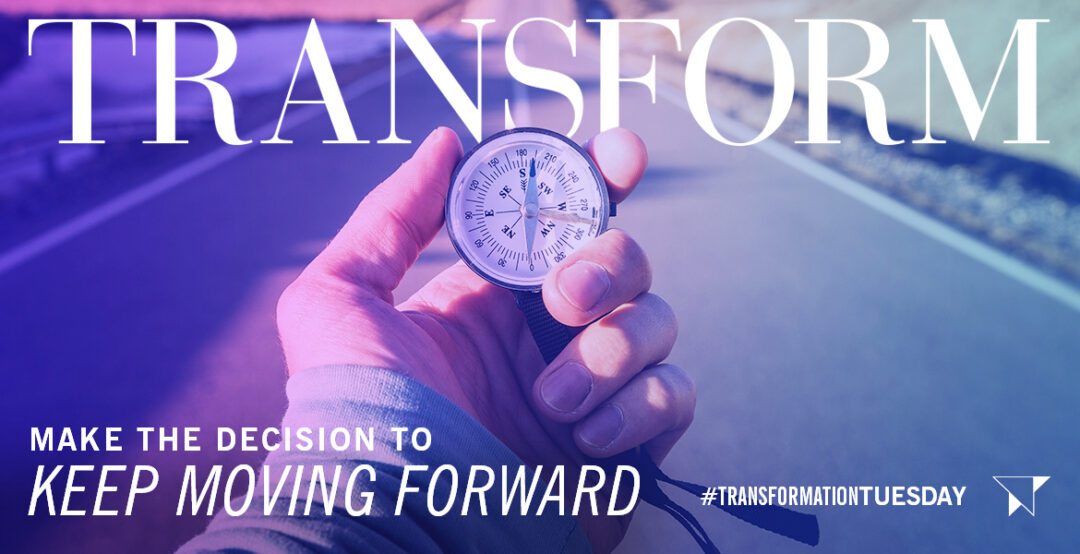‘Tis the season of “begin again.” The first few weeks after the new year, conversations abound on the topic of goal setting — specifically, making resolutions. Personally, and professionally, annual goal setting can be an empowering activity. Pausing to reflect, think, clarify and commit with intention, to act and be accountable, in the days, weeks and months ahead, with some form of familiar phrasing such as: “This year I will do ___________, and stop doing ___________.”
The general topic of resolutions got us thinking. What if there’s another aspect to the goal creation process that is underrepresented in businesses? Let’s explore another aspect of goalsetting: the decision to just keep moving forward.
Typically, businesses go through three distinct stages — traction, transition, and growth. Often these stages occur multiple times during the lifecycle of a business. Each stage requires different priorities which are dynamic and reflected in different company goals, metrics, channels, and teams.
Traction is an important supporting piece of the business lifecycle. Why? Understand it and you will appreciate the critical role it plays in the early stage of a business — when traction serves to create a solid foundation prior to when momentum has been created. Traction adds dimension and “flavor” to the overall growth story of a business.
In simple terms, the traction phase equals performance outcomes — the tangible proof of progress and business activities that then serve to support the next stage: momentum. When your business gains traction there are clear indicators your products and/or services are viable — there’s some level of product/market fit — and the business is getting attention from its target audience as the brand grows. The upward movement in KPIs that drive your business are signs of success. Then, as momentum builds, market share is gained the focus shifts and moves towards expansion, long-term growth, and value.
Want to inspire and fuel growth in 2019? First, find new ways to spark your own curiosity and thinking on the subject. Then hold a brainstorming session to seek input from your team about their insights. Blend the two “voices” to identify new approaches and techniques to achieve:
- Traction
- Momentum
- Growth
How will you ensure you’re focused on developing dedicated strategies needed to achieve business growth in the first quarter? Are you ready to lead your team to success in 2019? Let’s set time to talk about how to keep your business moving forward.




